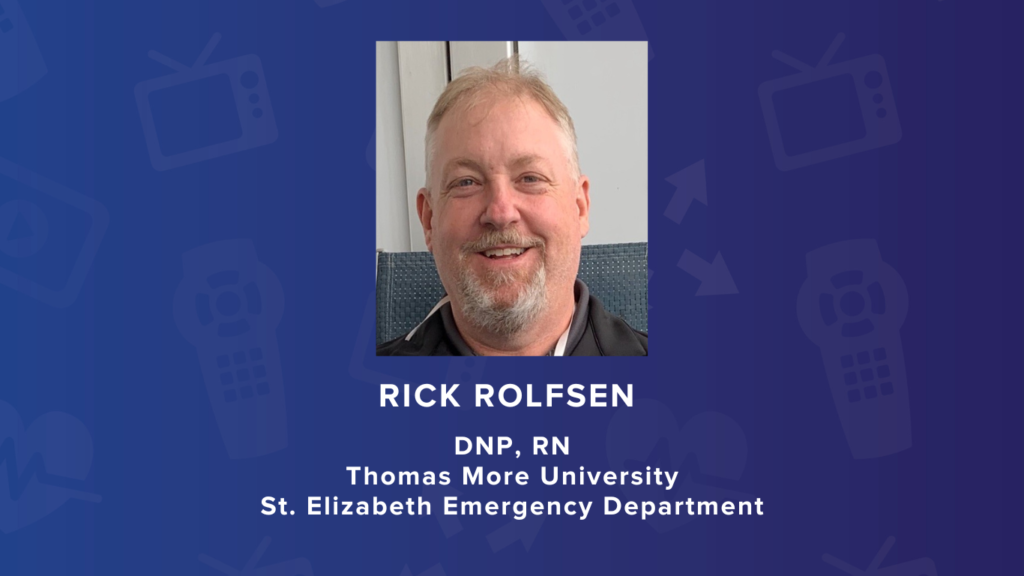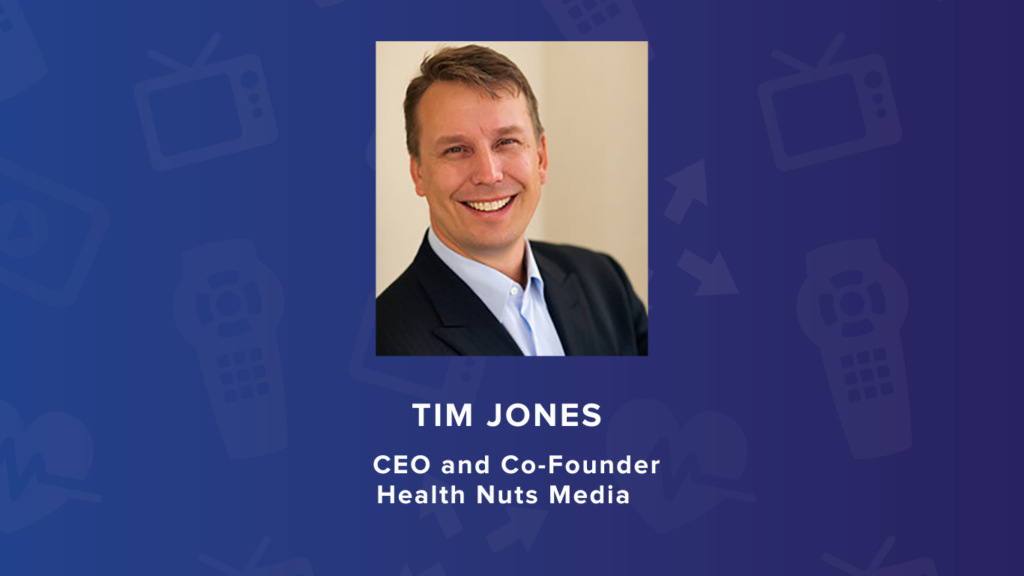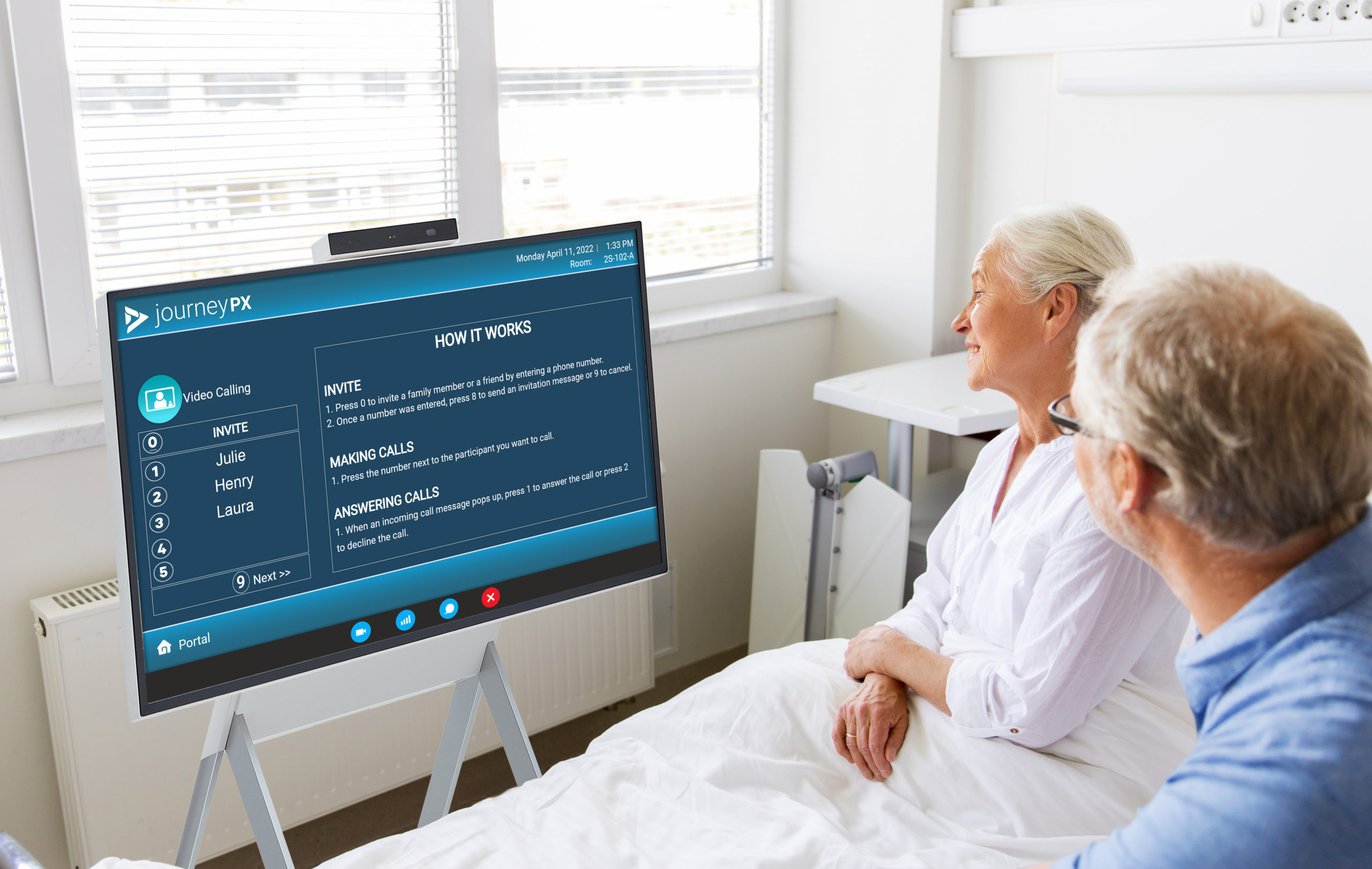
Written with contributing author Linda Robinson, MSN, CPXP, RN, Vice President of Clinical Excellence, MDM Healthcare
As the healthcare industry becomes increasingly focused on improving patient experiences, the role of a Patient Experience Liaison has become increasingly important. This individual serves as a bridge between patients and healthcare providers, helping to ensure that patients' needs are met and their voices are heard. A Patient Experience Liaison can play a critical role in enhancing the quality of care and overall satisfaction of patients, as well as fostering a culture of empathy and patient-centeredness within healthcare organizations. Recently, we spoke about the topic with Lisa Gilliam, RN, MSN, CPXP, who works as a Nurse Supervisor at Redlands Community Hospital.
Gilliam, who worked as a Patient Experience Liaison for 6 years, talks about the importance of paying stressed the importance of paying attention to patients' unique needs.
“Patients just really want to be heard, they want to know you care. Getting down to that eye level of the patient and taking that moment, even if it’s a couple minute can really change the perspective of that patient’s experience, and the family’s experience,” she said.
Gilliam also discussed how she has implemented systems to address patients' feedback to create new initiatives that addressed pressing patient problems concerning lost belongings and night-time quietness.
In addition, Gilliam highlighted her work with the Beryl Institute. “Beryl Institute has amazing resources on their website, whitepapers and videos. I learned so much for them that I eventually decided that I wanted to be a part of the Beryl Institute so I joined their patient advisory committee,” she said.
Gilliam explained that her role allows her to aid everyone inside the hospital room. “I get to help the patient, I get to help the family and I get to help the nurse. It’s really about educating that patient and filling those gaps that we didn’t fill at the bedside,” she said.
The philosophy Gilliam describes concerning the healing power of a rich patient experience is the idea that powers the Journey PX brand. Our innovative patient engagement platform is uniquely designed to elevate your PX while eliminating work for your nurses and other key staff.
Journey PX solutions close gaps in communication by keeping patients informed of their daily plan of care, and streamlining communications between patients, families, and care teams. They also empower patients by providing individualized education and engagement tools. Journey PX allows hospital organizations to hard-wire bedside shift reports, saving clinicians steps and time.
Journey PX’s digital whiteboard, My Day Today, provides vital information to hospital care teams, patients, and their families. My Stay provides patients with the education they need via access to an extensive education library. This allows patients to become more empowered through health literacy and enhances their readiness for discharge. It also helps support patients after discharge by providing education that can be texted to them. Journey PX’s virtual care solution, Connect, enables video calling for patients and families. It also provides a secure connection that allows for virtual visits and rounding by hospital care teams, all through the TV in the patient’s room.
To hear more from Lisa Gilliam including her thoughts on the impact of the COVID-19 pandemic, and more listen to the full PX Space podcast interview below.


























